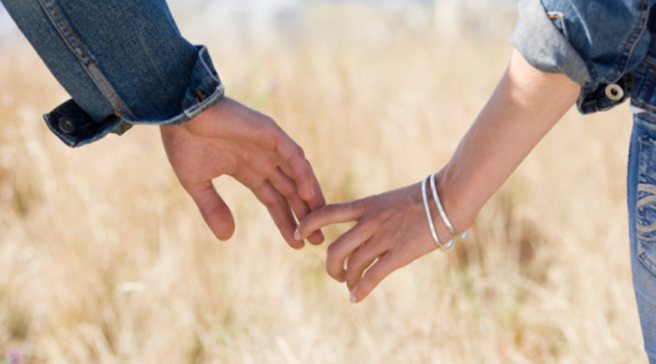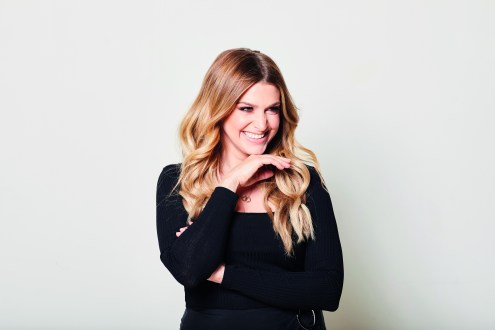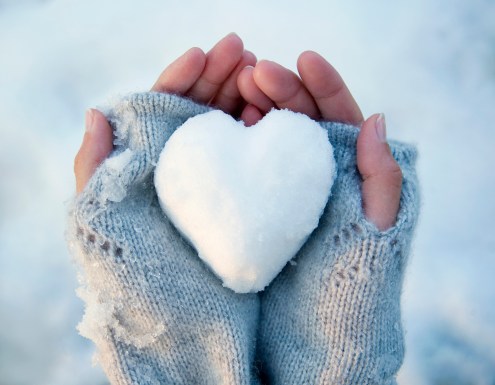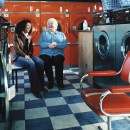Let your love flow
By finding out what triggers the release of the bonding hormone oxytocin in each of us, we can strengthen our bonds of love

There are two closely related types of vole in the US state of Colorado: one living in the mountains, the other in the prairie. Although almost identical, they have very different mating behaviours, which cast an interesting light on our own love lives.
Among the mountain voles, the male is solitary, mates with multiple female partners and leaves them to bring up the offspring on their own. The male of the prairie voles, almost indistinguishable in every other respect, displays the opposite mating behaviour. He takes one mate for life, with whom he shares parenting duties. The only physical difference between the two types of voles lies in the number of receptors they have for the hormone oxytocin. These are scarcely present in the mountain vole, but numerous in the brain of the prairie vole.
The mating behaviour of each can be reversed by flooding the brain of the inconstant male with oxytocin, and for the faithful vole, by blocking its receptors for oxytocin.
Among human beings, oxytocin is known as the hormone of love and bonding. It is secreted during breastfeeding, when we touch someone we love and trust, when we look at photos of babies or kittens, and, most reliably, during orgasm. It works like a love potion: the more oxytocin we secrete when we’re with someone, the more emotionally attached we become to that person.
The good news is that we can prompt the release of oxytocin in the brain of someone we love by opening the right ‘doors’ in their brain. The problem is that for each individual you have to know which particular door is most likely to release the flow of oxytocin.
Gary Chapman, an experienced couples’ therapist, says the key is to learn the five languages of love. With some people, these can be ‘words of affirmation’ (door no. 1), which release the flow of oxytocin, for example ‘I love it when you make me laugh’ or ‘You look even more beautiful than usual tonight’.
With others, it might be having your undivided attention during ‘quality time’ (door no. 2), which, depending on their interests, might be a romantic dinner or browsing a flea market together, for instance. Some people are particularly receptive to ‘receiving gifts’ (door no. 3) – not necessarily a diamond ring or a luxury holiday in the Maldives, but a bunch of beautiful flowers in her favourite shades and bought for no particular reason, or the T-shirt he saw in the shop window but didn’t feel he could buy because it cost more money than he’d usually spend. 'Acts of service’ (door no. 4), such as doing the washing-up or ironing a shirt beautifully or putting the kids to bed are the path to the heart of some people. Finally, there’s ‘physical touch’ (door no. 5): holding hands in the street, a back rub before going to sleep or a more intimate caress that is skilfully designed to arouse.
For many of us, of course, it is physical contact that opens the floodgates of oxytocin. The important thing is to know which ‘doors’ work best for you and for your loved one. In the long term, it is by giving each other repeated doses of this little hormone that we form the powerful, harmonious bond of love. Ultimately, it is this bond that is our only real defence against the onslaught of time and the challenges it will bring.








